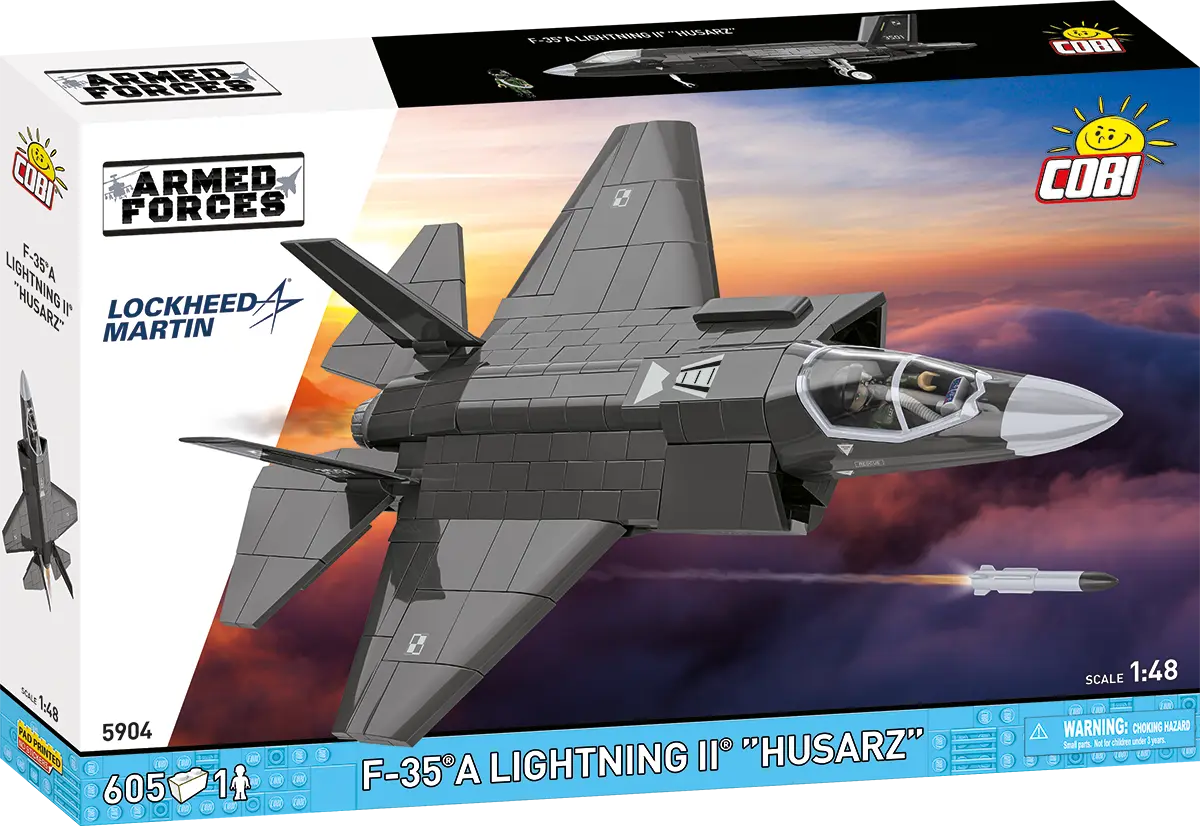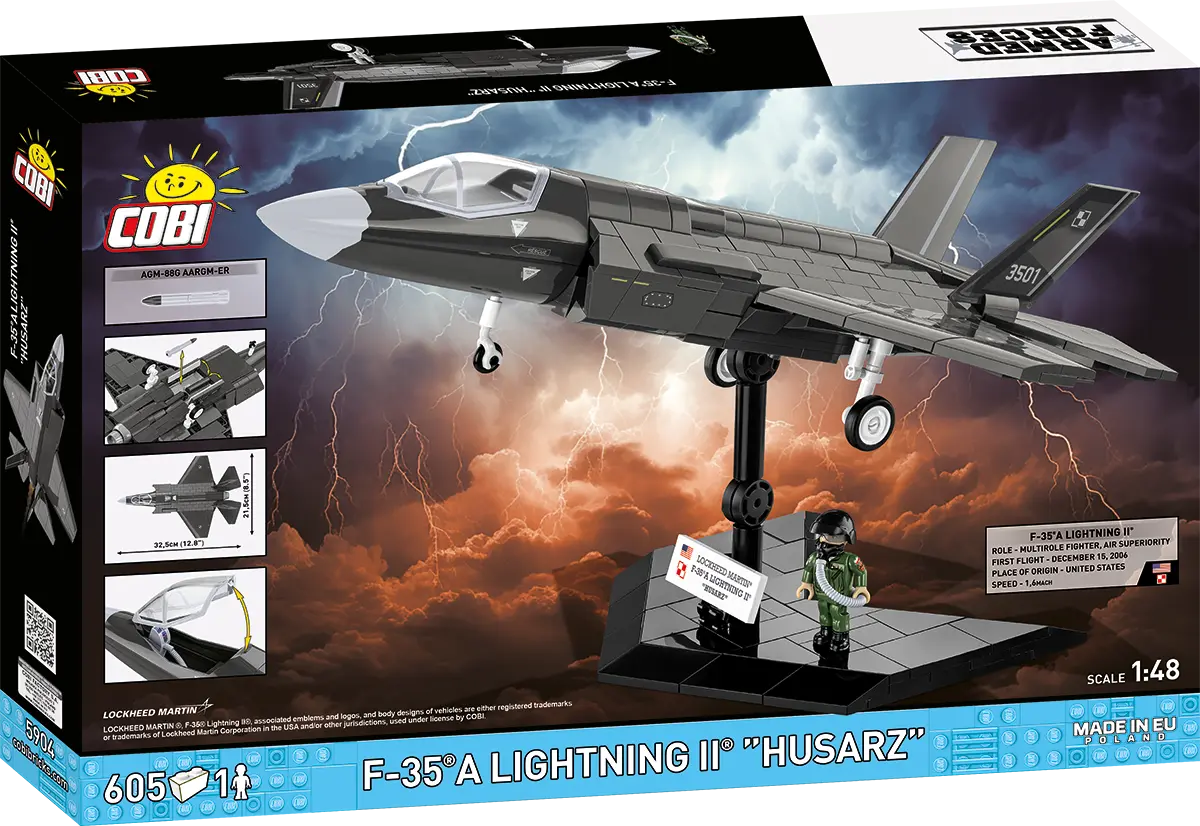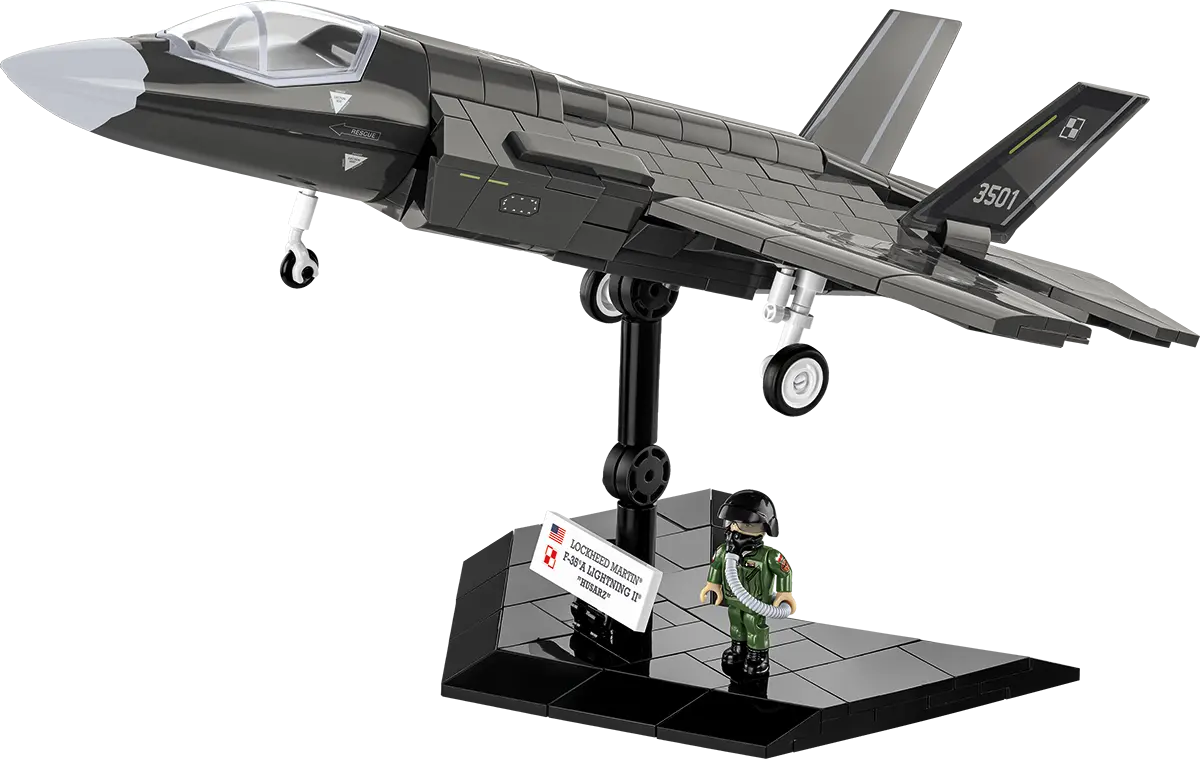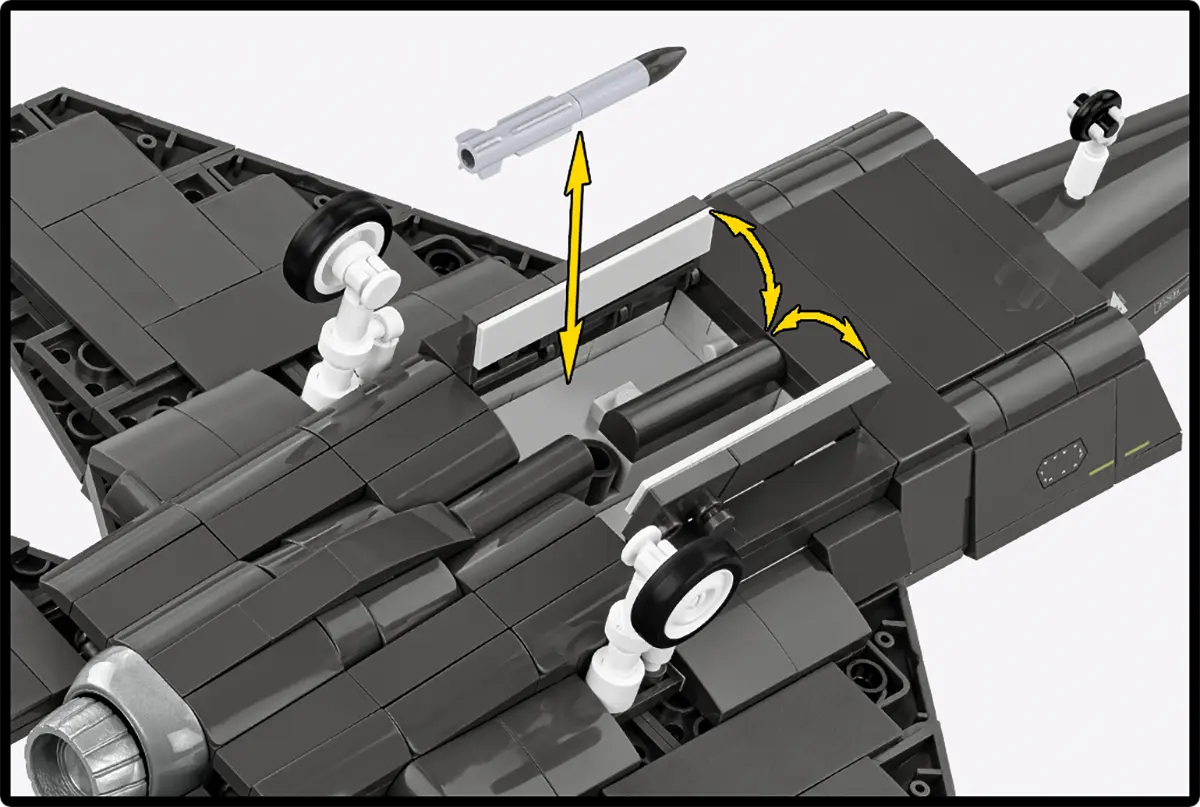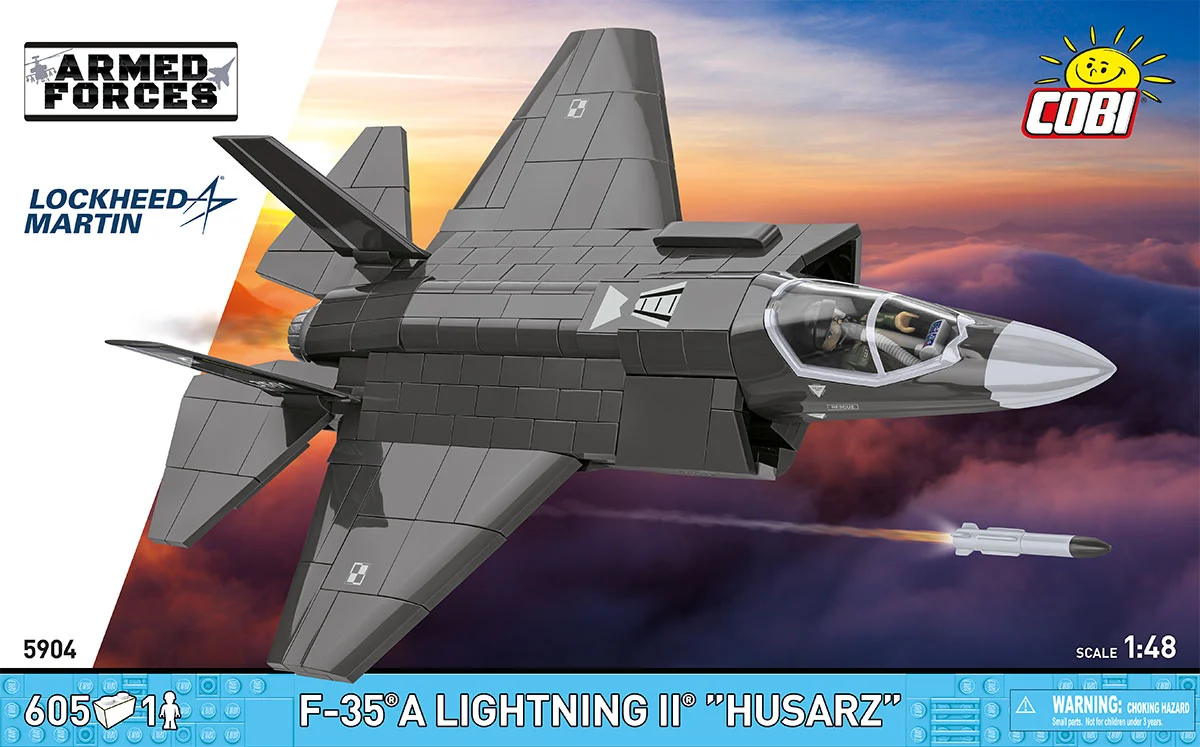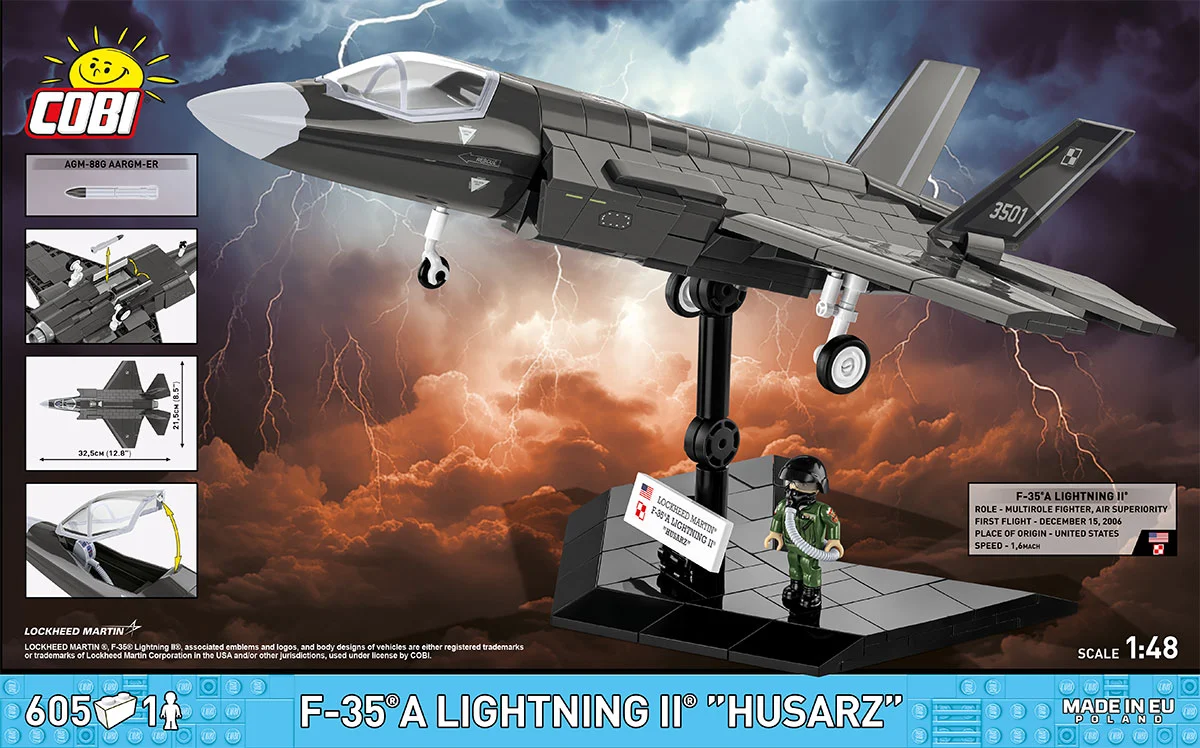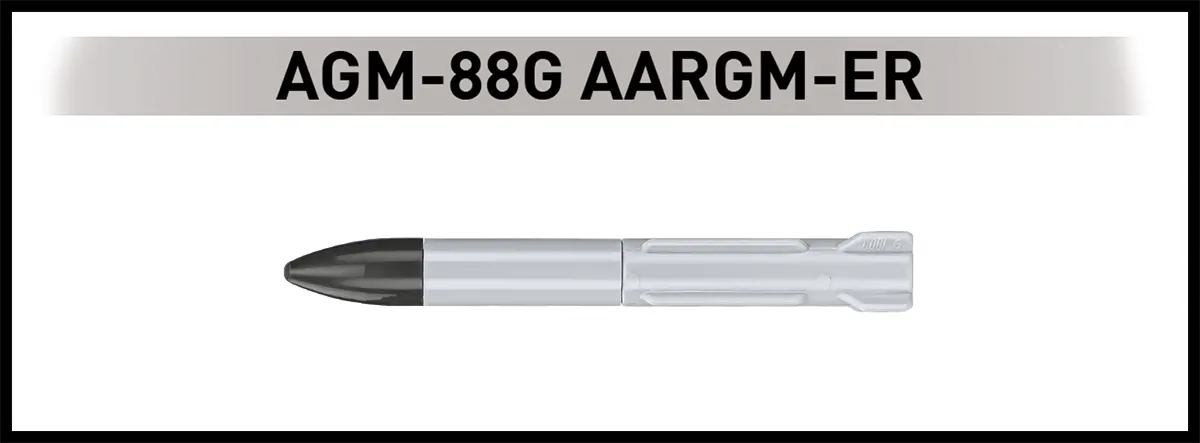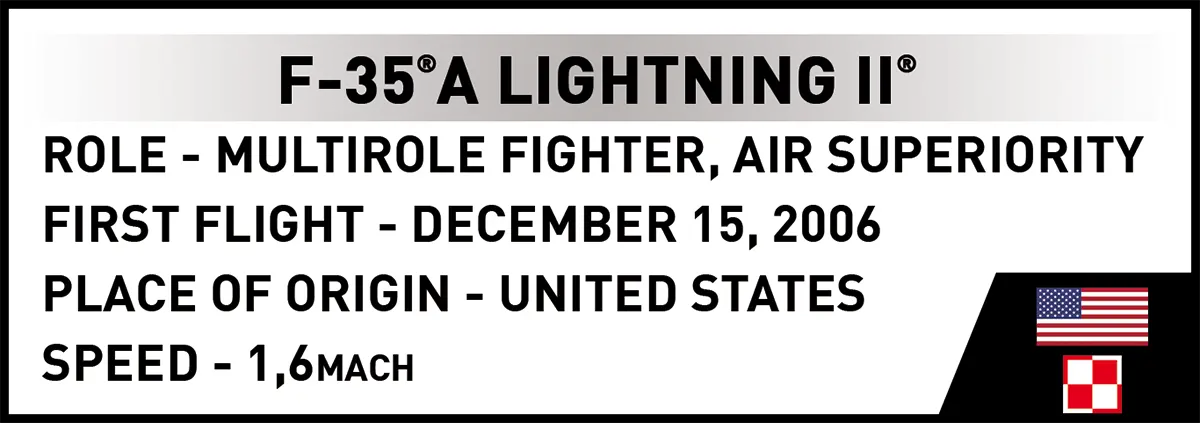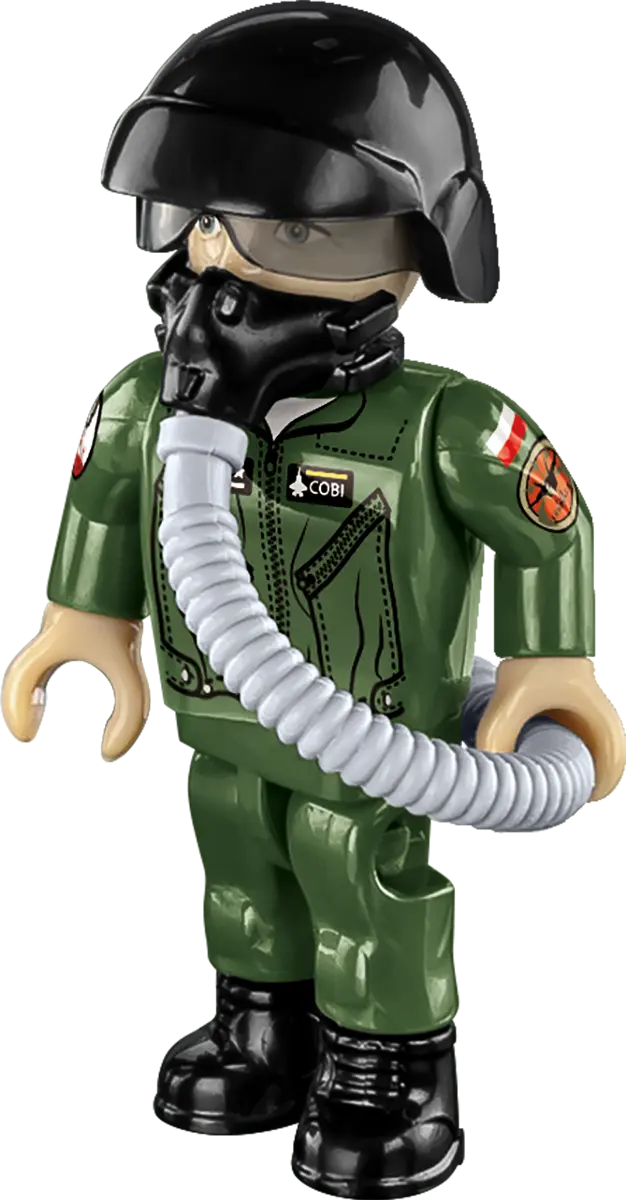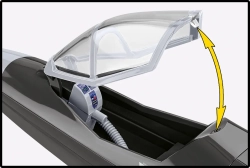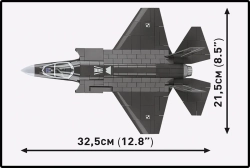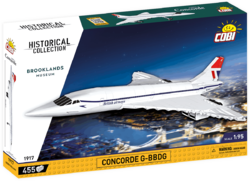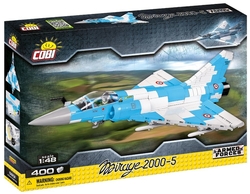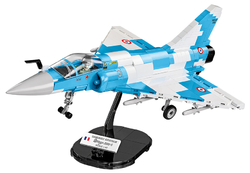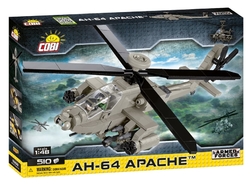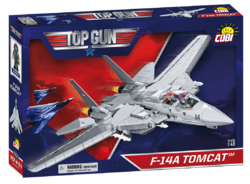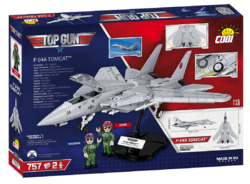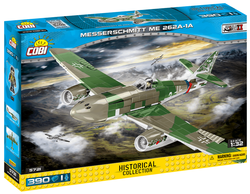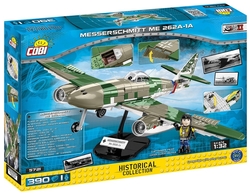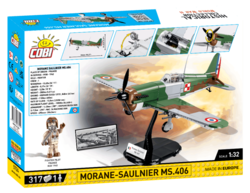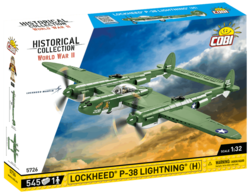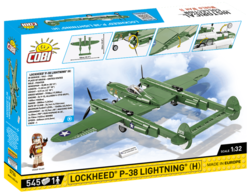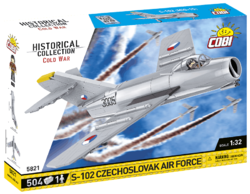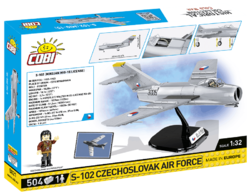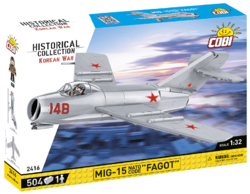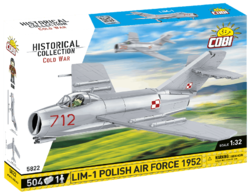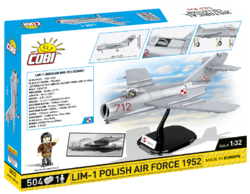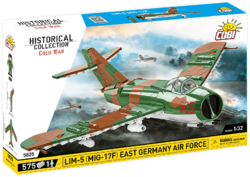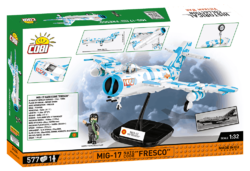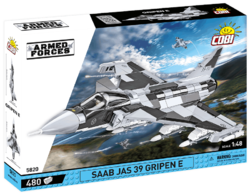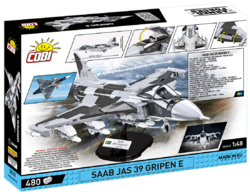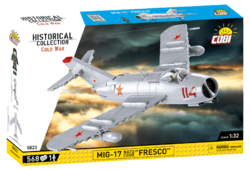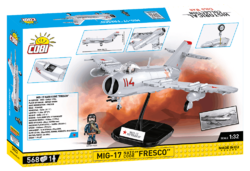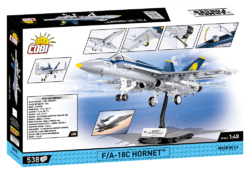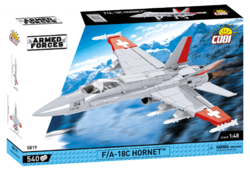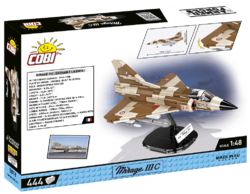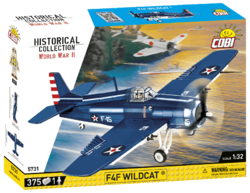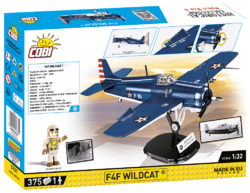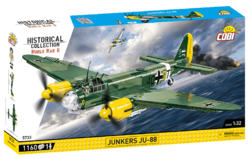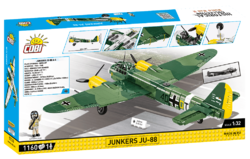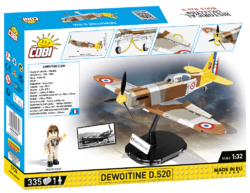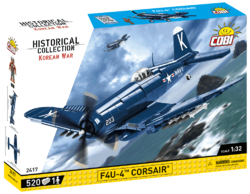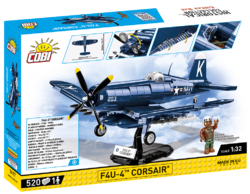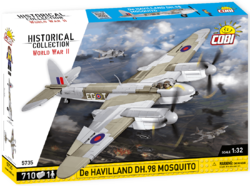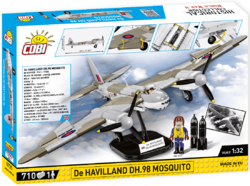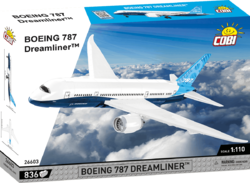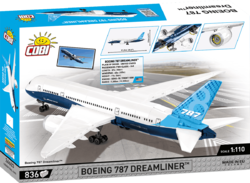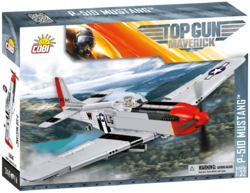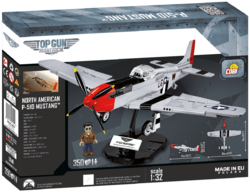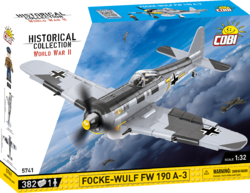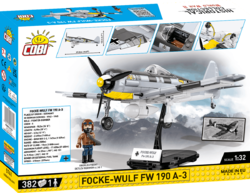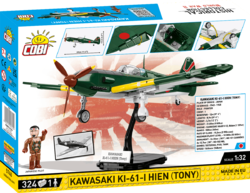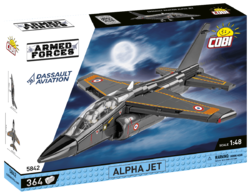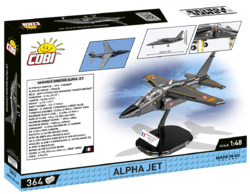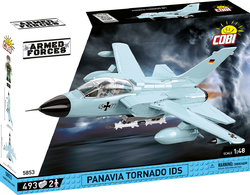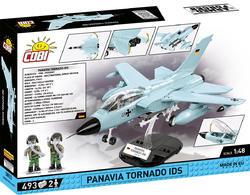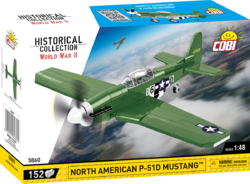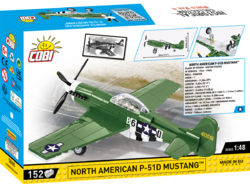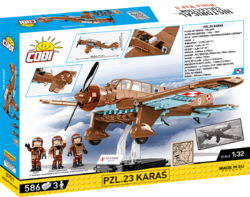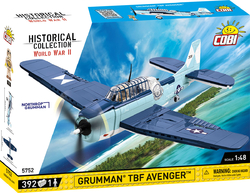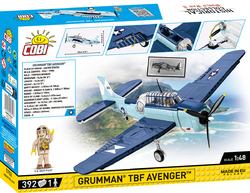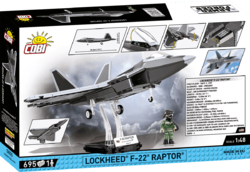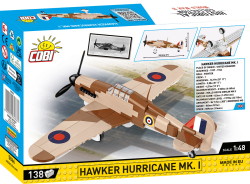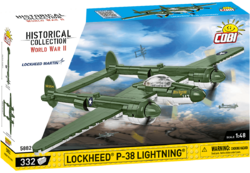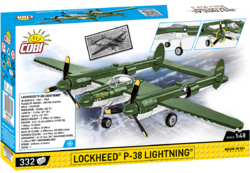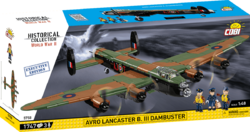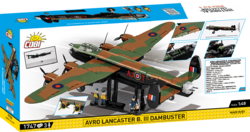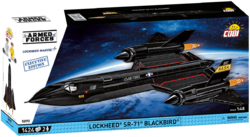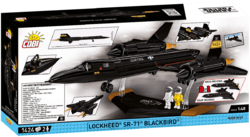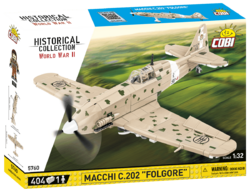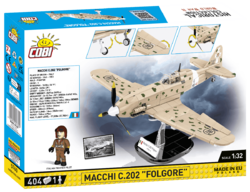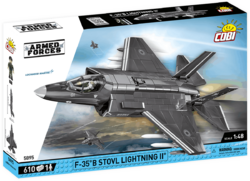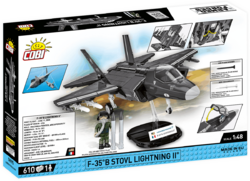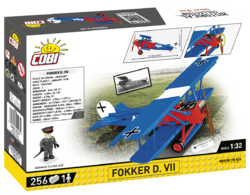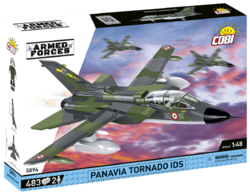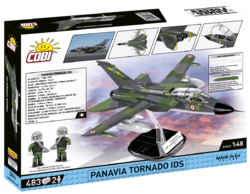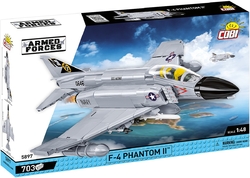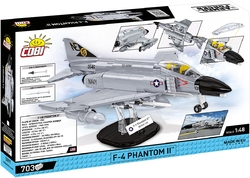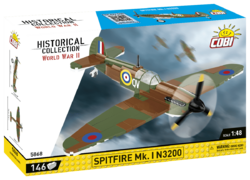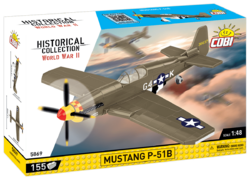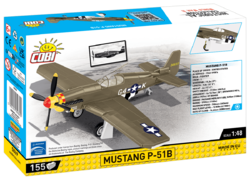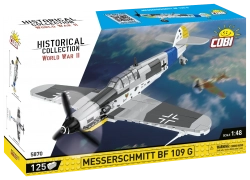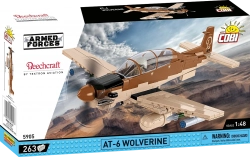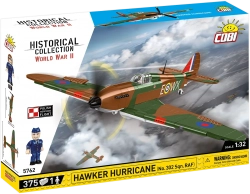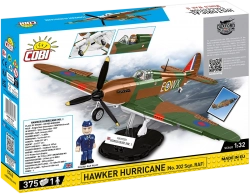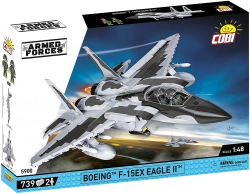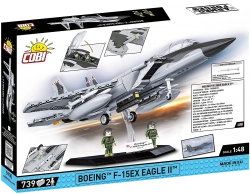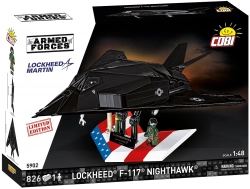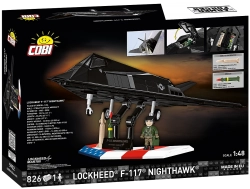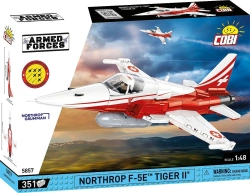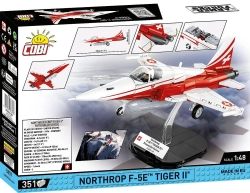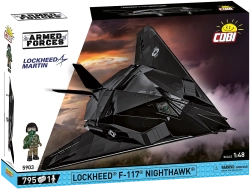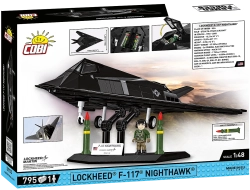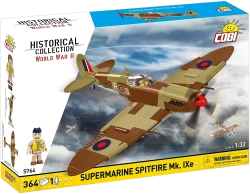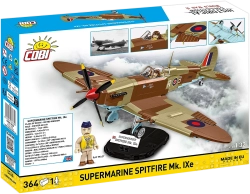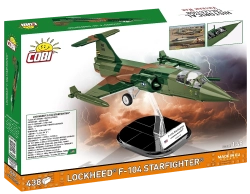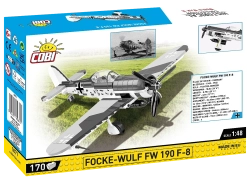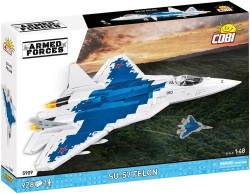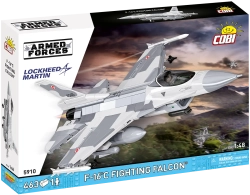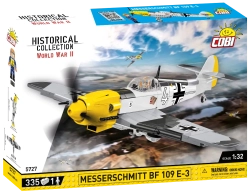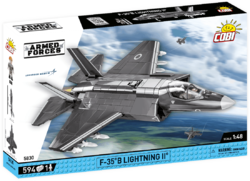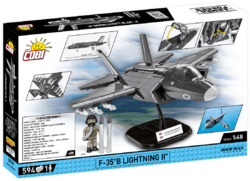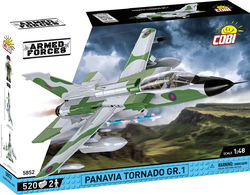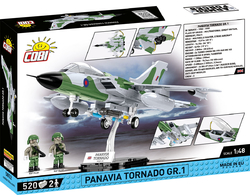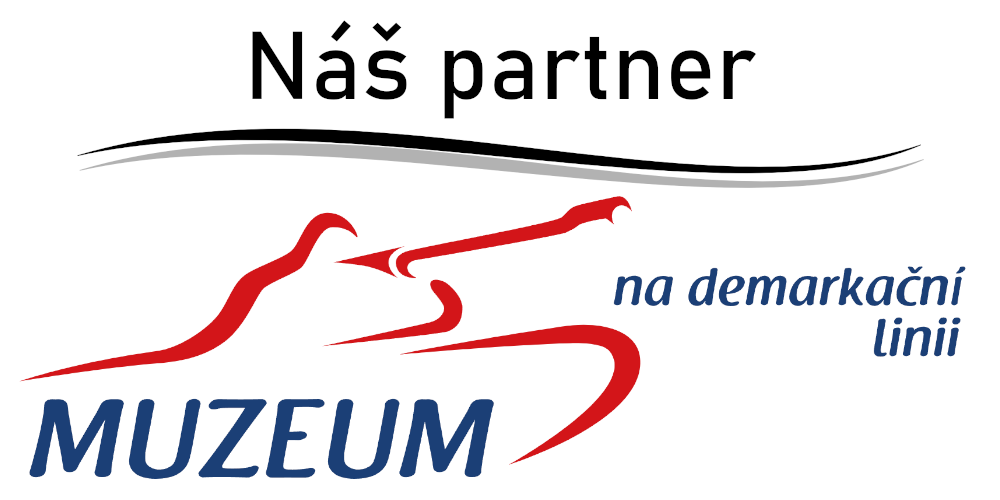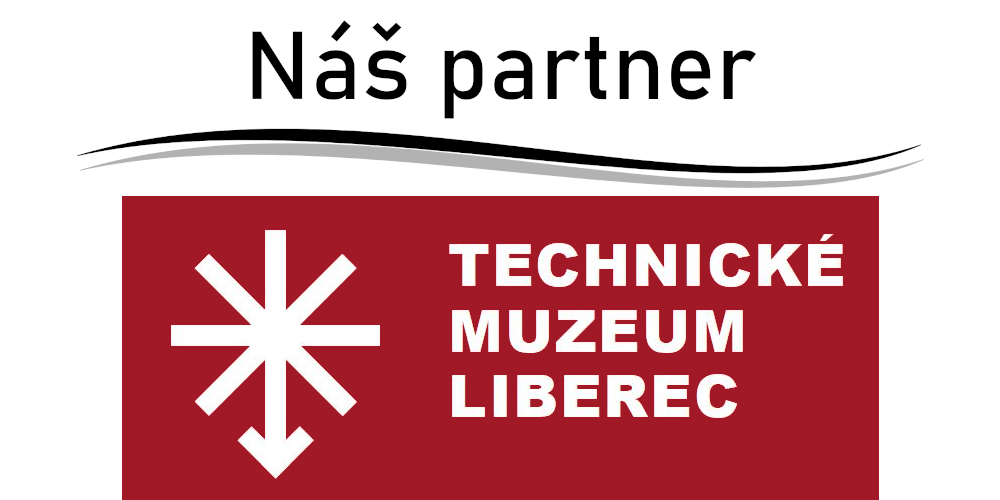A model kit of the American 5th generation F-35A Lightning II® aircraft in the camouflage of the 10th fighter squadron of the Polish Air Force nicknamed "Hussars". The assembled model has a folding cockpit cover for seating a pilot figure and an opening bomb bay with a pair of AGM missiles. The landing gear wheels are not retractable due to the design of the model, but they can be easily removed. The model can stand on its own chassis, or you can safely store it in the new TeCH stand with a description, which is included in the package. The package also includes a figure of a Polish pilot in flight uniform with an oxygen mask. The kit is made under an official license from Lockheed Martin®. Models in 1:48 scale bring the same joy, but more space on the shelf.
Show more
0 %
(0 Ranking)
1 123 Kč
pcs
Add to Cart
In stock - ready to ship
| List Number: | COBI-5904 |
| EAN: | 5902251059040 |
| Warranty: | 24 months |
| Manufacturer: | COBI |
| Loyalty Points: | 7 |
| Price excluding VAT: | 928,20 Kč |
Description
Parametres
Files and Links
Discussion
Reviews

Did you know: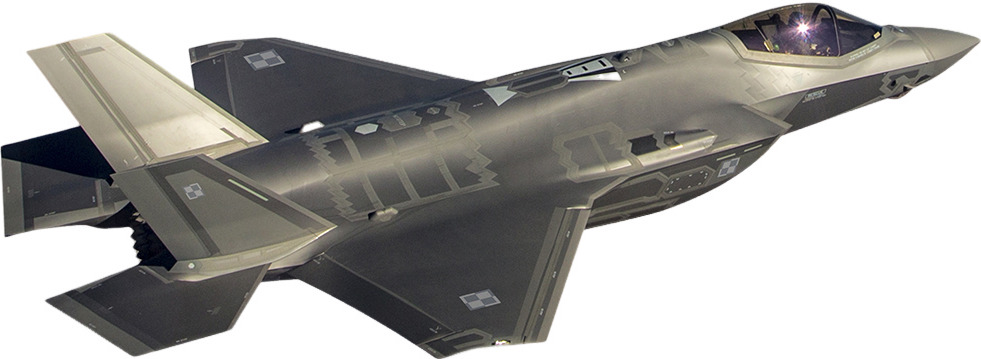
- At the start of the F-35® development there was an effort to replace several types of aging single-role aircraft such as the A-10 Thunderbolt, F-16, AV-8B and F/A-18 Hornet, and to build a single multi-role platform for the USAF and NATO with stealth technology.
- Work on the JSF programme began as early as 1996, when two teams from Boeing and Lockheed competed. Boeing's X-32A prototype was completed earlier and the first test flight took place on 18 September 2000, but had to be cut short due to an oil leak.
- After iterative modifications the two competing prototypes became very similar, but Lockheed Martin ultimately won thanks to better handling and a larger number of advanced sensors.
- A further six years were spent preparing production lines and supporting technologies, so that in February 2006 the first serial production aircraft was completed under strict secrecy.
- The result was probably the best combat aircraft in the world, intended to be the backbone of air forces for the next 50 years.
- A new engine from Pratt & Whithey was also developed for the F-35, which with afterburner produces thrust in excess of 190 kN and is therefore likely the most powerful engine ever produced for a fighter aircraft.
- The aircraft is equipped with cutting-edge technologies such as an AESA radar, which can lock 23 targets within 9 seconds, and Gen 2 and 3 helmets that provide perfect situational awareness around the aircraft in all directions. Detailed information about many other technologies is not available because they are subject to strict secrecy.
- The United States Air Force plans to purchase 2,443 aircraft and at a price of 237,700,000 USD each this represents a truly astronomical sum.
- Operation is also expensive — one flight hour costs about 34 752 €. Want to take a flight?
- The Polish Air Force ordered a total of 32 F-35s. The first aircraft, number 3501, was delivered to the military on 24 August 2024. Additional aircraft will be produced and gradually handed over to the 32nd Tactical Air Base in Łask by the end of 2030.
Technical specifications: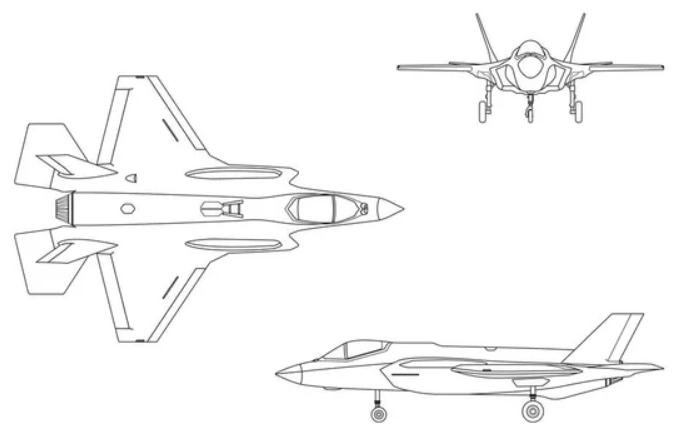
- wingspan 10.7 m, length 15.6 m, height 4.36 m
- weight 14,700 kg (empty)
- maximum take-off weight 27,300 kg
- propulsion 1× twin-jet Pratt & Whithey F135 engine with 165 kN thrust
- maximum speed Mach 1.6 (1,930 km/h)
- service ceiling 18,288 m
- rate of climb (classified value)
- range 1,090 km
- armament 4-barrel rotary cannon GAU-22/A, calibre 25 mm, and 6 hardpoints for air-to-air, air-to-ground missiles and smart bombs with a total payload of up to 6,800 kg.
- crew 1
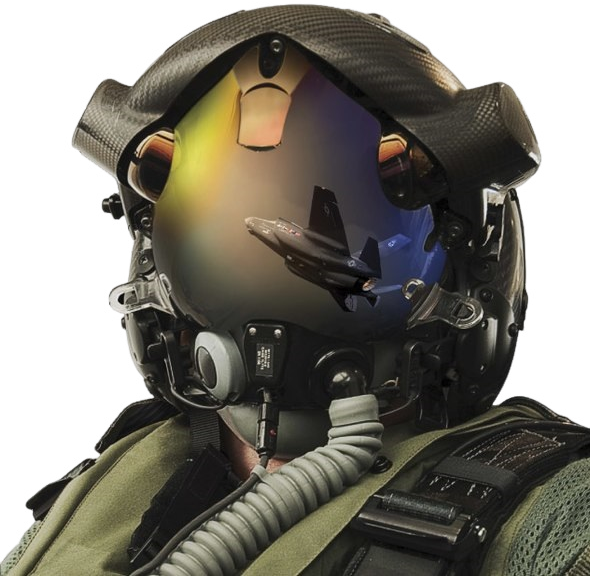 F-35 pilot Tony "Brick" Wilson:
F-35 pilot Tony "Brick" Wilson:
"It is one of the most flyable and intuitive aircraft on this planet. The interactive GEN helmet is something we used to go to the cinema to see when they showed Star Wars, and today it is our reality. The capabilities of this machine are such that it would be like an opponent having to box in the ring against an invisible Muhammad Ali."
| Version (series) | 08/2025 |
|---|---|
| Number of figurines | 1 pcs |
| Scale | 1:48 |
| Dimensions after assembly | 21,5 x 32,5 x 10 cm |
| Box dimensions | 45 x 28 x 6 cm |
| Number of pieces | 605 pcs |
| Package weight | 805 g |
| Recommended age | 9+ |
| Collection | Armed Forces |
| Contains luminous blocks | Ne |
| Material | Plastic |
| Compatible with other brand of kits | Yes |
Discussion is empty.
There is no review for product yet









